How Do I Connect a Hardwire 220V Appliance Into GFCI Circuit?
westes Zone 9b California SF Bay
2 years ago
last modified: 2 years ago
Featured Answer
Sort by:Oldest
Comments (10)
Related Professionals
Rolling Hills Estates Kitchen & Bathroom Remodelers · Toms River Kitchen & Bathroom Remodelers · Longview General Contractors · Norman General Contractors · Caldwell Painters · Carson Painters · North Bethesda Painters · Tolland Painters · Ocala Kitchen & Bathroom Designers · Tabernacle Cabinets & Cabinetry · Barrington General Contractors · Ewing General Contractors · Forest Park Solar Energy Systems · Birmingham Home Automation & Home Media · Springfield Home Automation & Home Mediawestes Zone 9b California SF Bay
2 years agoRon Natalie
2 years agolast modified: 2 years agowestes Zone 9b California SF Bay thanked Ron Nataliewestes Zone 9b California SF Bay
2 years agowestes Zone 9b California SF Bay
2 years agolast modified: 2 years agowestes Zone 9b California SF Bay
2 years ago
Related Stories

FEEL-GOOD HOME12 Very Useful Things I've Learned From Designers
These simple ideas can make life at home more efficient and enjoyable
Full Story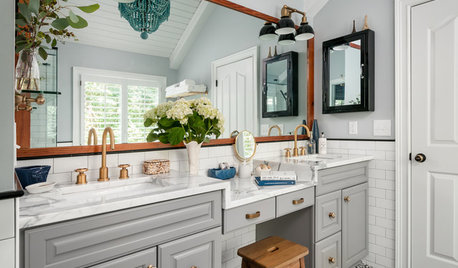
BATHROOM MAKEOVERSWhat I Learned From My Master Bathroom Renovation
Houzz writer Becky Harris lived through her own remodel recently. She shares what it was like and gives her top tips
Full Story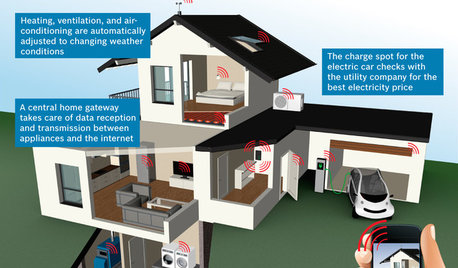
THE HARDWORKING HOMECES 2015: Inching Toward a Smarter Home
Companies are betting big on connected devices in 2015. Here’s a look at what’s to come
Full Story
MOST POPULARThree Magic Words for a Clean Home and a Better Life
Not a natural tidying and organizing whiz? Take hope in one short phrase that can change your life forever
Full Story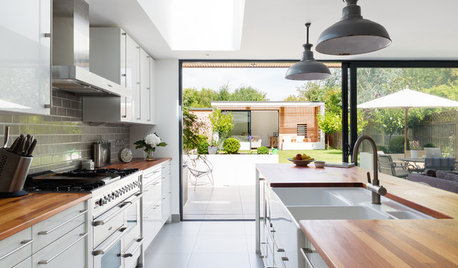
KITCHEN DESIGNA Designer Shares Her Kitchen-Remodel Wish List
As part of a whole-house renovation, she’s making her dream list of kitchen amenities. What are your must-have features?
Full Story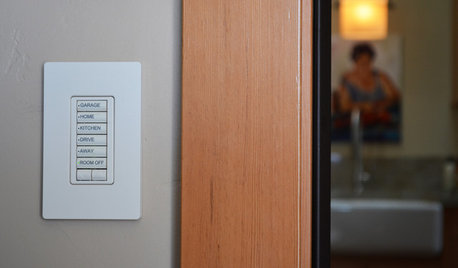
REMODELING GUIDES7 Remodeling Details That Will Make You Happier at Home
Don’t overlook these small, relatively low-cost additions in your next project
Full Story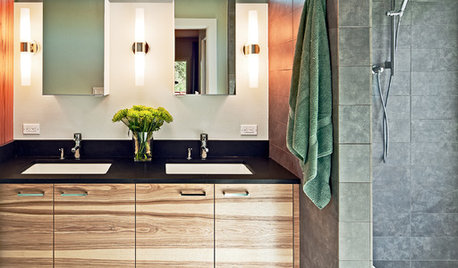
BATHROOM DESIGNA Designer Shares Her Master-Bathroom Wish List
She's planning her own renovation and daydreaming about what to include. What amenities are must-haves in your remodel or new build?
Full Story
TINY HOUSESHouzz Tour: A Custom-Made Tiny House for Skiing and Hiking
Ethan Waldman quit his job, left his large house and spent $42,000 to build a 200-square-foot home that costs him $100 a month to live in
Full Story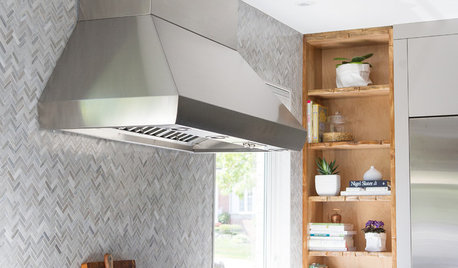
KITCHEN DESIGNKitchen of the Week: Function and Flow Come First
A designer helps a passionate cook and her family plan out every detail for cooking, storage and gathering
Full Story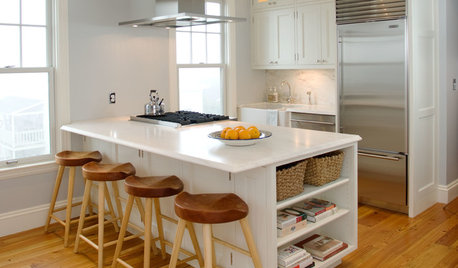
KITCHEN DESIGN20 Kitchen Must-Haves From Houzz Readers
We asked you to tell us your top kitchen amenities. See what popular kitchen features made the list
Full StoryMore Discussions







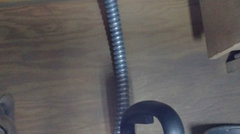

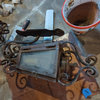

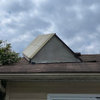
rwiegand